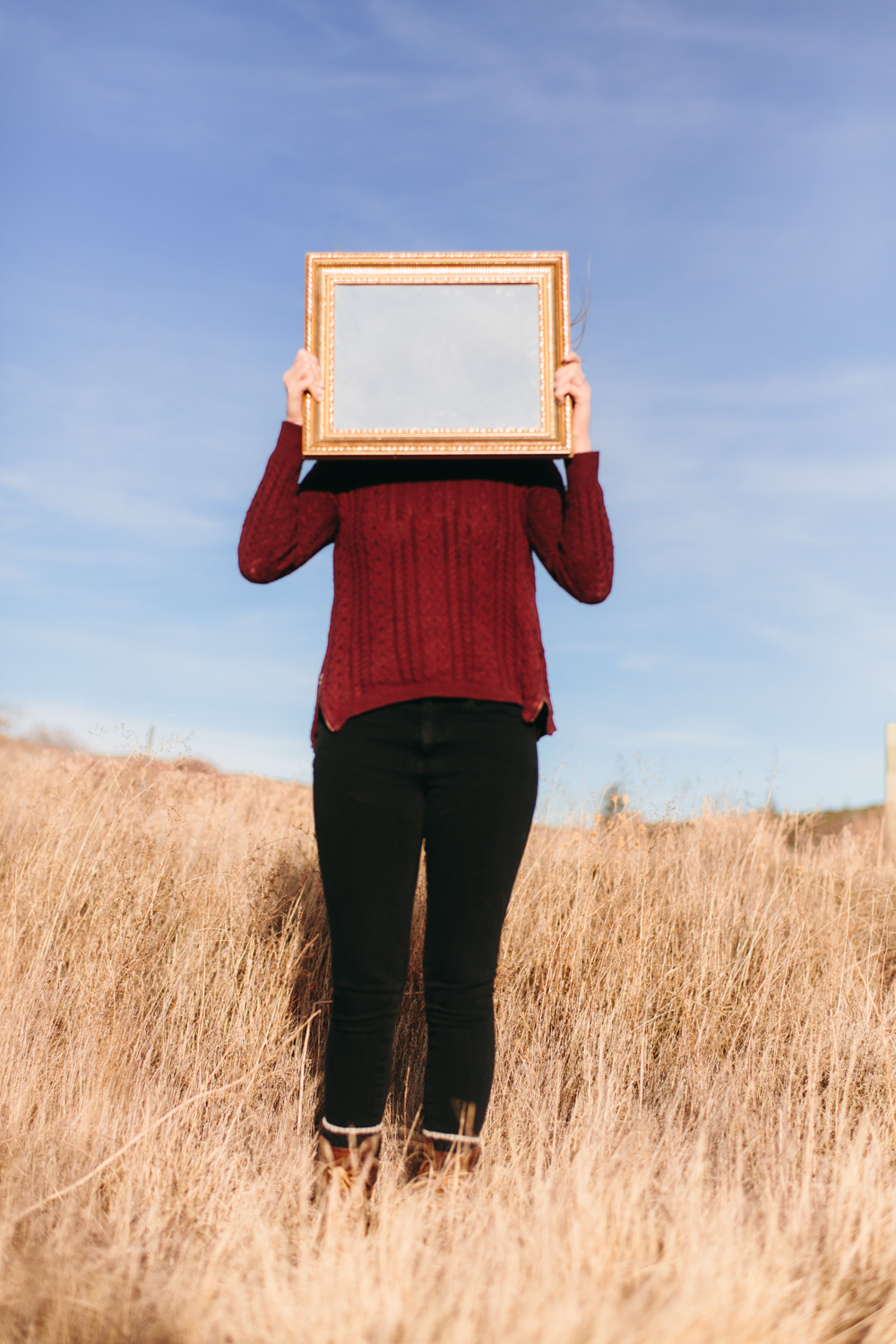T E A C H I N G P H I L O S O P H Y
My approach to teaching is focused on conceptual rigor, historical grounding, technical mastery, and an emphasis on professional practices. In a quickly evolving media-scape, it is imperative to adapt skill sets creatively. Technology changes, often rapidly, and I train students to be critical thinkers, adaptive life-long learners, and creative problem solvers. There is a seduction in working with technological tools and often students become lost in the “how” without first examining the most crucial component of “why”. As a teacher whose area of instruction deals with technology and the evolution of new forms of media, I require students to critically examine the tools and their potential while developing their individual voice as an artist and storytellers.
My pedagogical instruction focuses on training students to use semiotics to more masterfully connect form and content. Fluency in semiotics allows students to more consciously dissect and manipulate visual language in order to construct new meanings. Additionally, I structure the critique process so that the safety net of “this is what this means” that students generally fall back on when presenting, is taken away. I never allow the person who is presenting to speak until the end of their critique. They must display or present the work as it would be seen outside of a classroom setting and their peers then deliver feedback based solely on that information. Students most often receive a startling awakening as to the sometimes chasm between their intention and what the work actually conveys.
I structure my courses to push students past “first-level creativity” which are ideas that are obvious and reached with minimal investigation. In my classroom, a successful student project is not merely exceptionally technically executed but most also exemplify significant conceptual exploration and vice versa. I expect students to master the tools introduced in my courses and to use them to clearly express their concept. Risk taking is rewarded and encouraged whereas a “safe” project is graded accordingly.
The history of artistic engagement with a medium and the impact on the larger cultural and political climate is critical in order to prevent students from “reinventing the wheel”. In video installation courses I cover the history of proto-cinema and up to emerging technologies and media spaces such as the HoloLens and 360 video. I also develop curriculum in response to relevant local exhibitions such as a lecture on the history of the panorama and immersive media spaces to contextualize Doug Aitken’s piece Song 1 which was on display at the Geffen Contemporary in Los Angeles. Understanding the history of the painted panorama contextualizes a work like Song 1 and also shows students that the urge to create immersive experiences started long before the VR helmet.
Professional development is also a component I build into my courses. All projects require a short written proposal that answer the “how”, “what”, and “why” of their project which trains them in concept development and proposal writing. All final projects require an artist statement and must be documented for their portfolio. An assignment component of my courses is to attend approved exhibitions or screenings and to write critical responses. For every course I have a guest artist lecture to expose students to a mature artistic practice. The more work students see in person, the more focused their own work becomes as they put themselves in dialogue with contemporary practices. Each component of my instruction is intended to create well-informed, critical, conceptual, and technically skilled makers who also understand the professional practices required to build a sustainable artistic practice.
